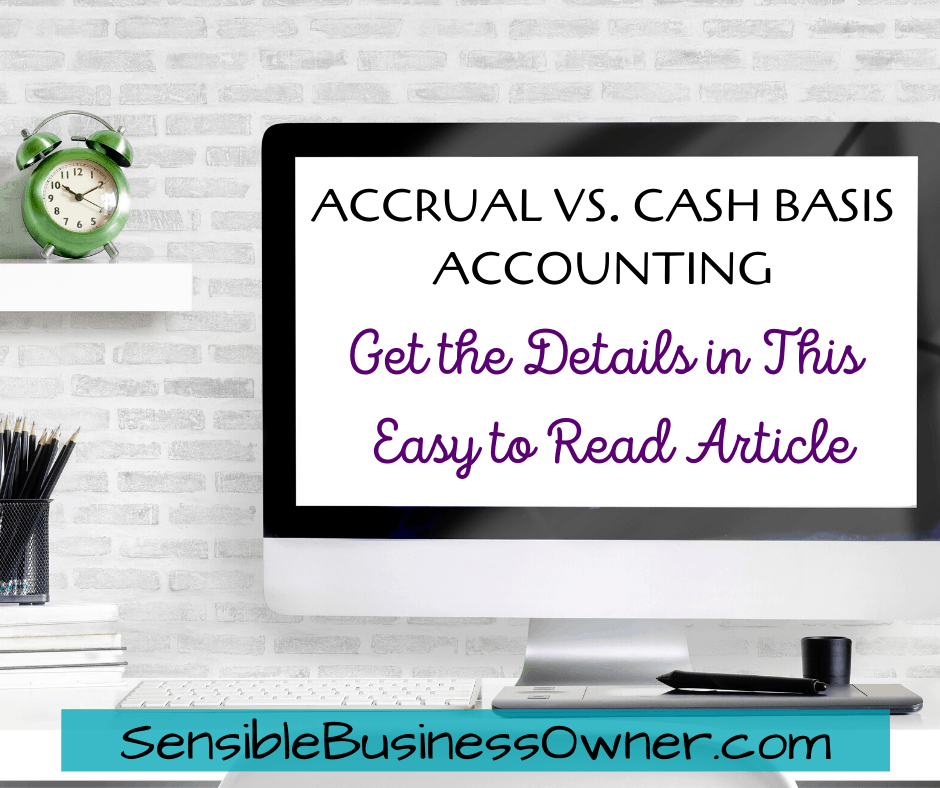Accrue means to accumulate. Accrual basis accounting is used to properly match expenses and revenue to a specific time period. It’s known as the Principle of matching cost and revenue.
What does that mean?
In this method, revenue is recognized when earned and expenses are recognized when incurred.
In this method, Accounts Payable (AP) and Accounts Receivable (AR) accounts are used.
What does that mean for your business?
AR is used to accrue income. For most small businesses, this means invoices are set up. An invoice is by nature an accrual entry. (For you, an invoice means that someone owes your business money.) Money has not been received, but has been recognized by having completed a job, sold a product, or the like.
AP is used to accrue an expense. For your business, this might mean you set up a bill. A bill by nature is an accrual entry. Money is due to another party, but you have not paid it yet.

